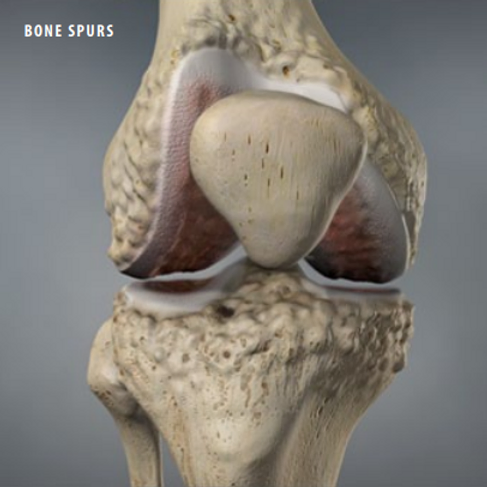Osteoarthritis of the Knee
Osteoarthritis of the Knee Specialist in Texas
Overview
Osteoarthritis, also called degenerative arthritis, is a gradual breakdown of cartilage in the joints. Cartilage is a tough, flexible connective tissue that protects the ends of bones in the joints. Osteoarthritis is common in the knees because the knees bear the weight of the body. Osteoarthritis of the knee can severely impact a person’s lifestyle.
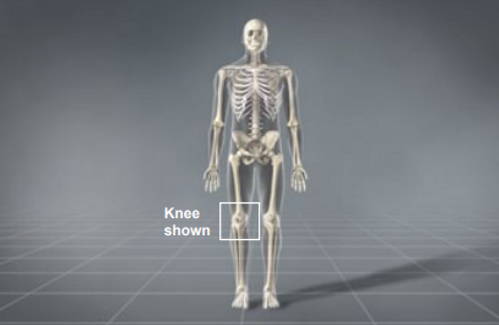
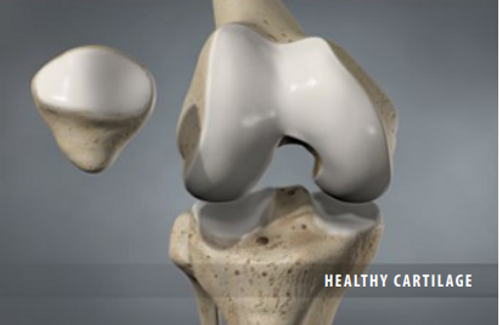
Causes and Risk Factors
Osteoarthritis commonly develops as a result of the wear and tear of aging. It also frequently results from traumatic injury to the joint. Osteoarthritis of the knee is more common in older people, in women, and in people who have occupations that place increased stress on the knees. People who have certain diseases, bone deformities or a genetic predisposition are also at a higher risk. Obesity can also raise a person’s risk for osteoarthritis of the knee, because extra body weight increases stress on the knee joints.
Progression
In a healthy knee, the ends of the bones are covered by a layer of cartilage. Healthy cartilage allows the bones to glide smoothly against each other. But in a knee with osteoarthritis, this cartilage begins to deteriorate and wear away. Repetitive motion or injury may speed this deterioration. Eventually, the bones may rub directly against each other.
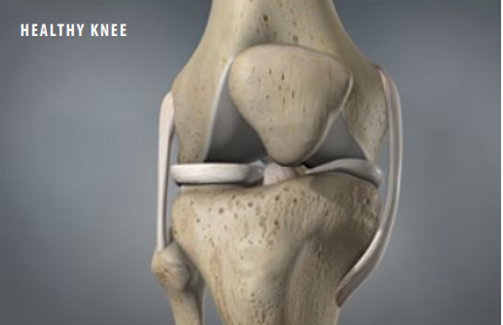
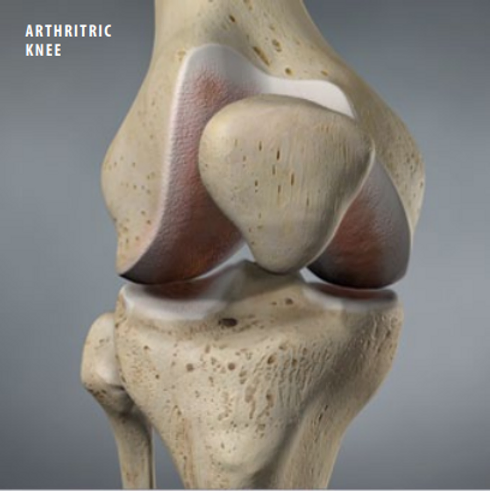
Bone Spur Formation
This rubbing can cause the gradual growth of bony bumps along the edge of the joint. These lumps, called bone spurs (or osteophytes), can cause joint pain.
Symptoms
Symptoms of osteoarthritis of the knee may include pain, swelling and stiffness of the joint. The knee may become weak, and it may lock or buckle when walking. A person with osteoarthritis may have trouble bending or straightening the knee. Standing or walking for long periods may worsen this pain.
Treatment
Treatment options depend on the severity of the arthritis. In the early stages, the knee may be treated with non-steroidal anti-inflammatory medications, corticosteroid injections, and injections of medications that lubricate the joint. The physician may recommend physical therapy and chiropractic care.
If these methods are not a helpful injection of platelet-rich plasma (PRP) or other types of Regenerative Medicine are the next step in treatment options.
Advanced nonsurgical treatment options offered by Dr. Ghalambor at NorTex also include Radiofrequency Ablation of the Genicular nerves to stop the pain signals from the knee joints.
Surgical options such as Knee Replacement is considered a last resort treatment.
